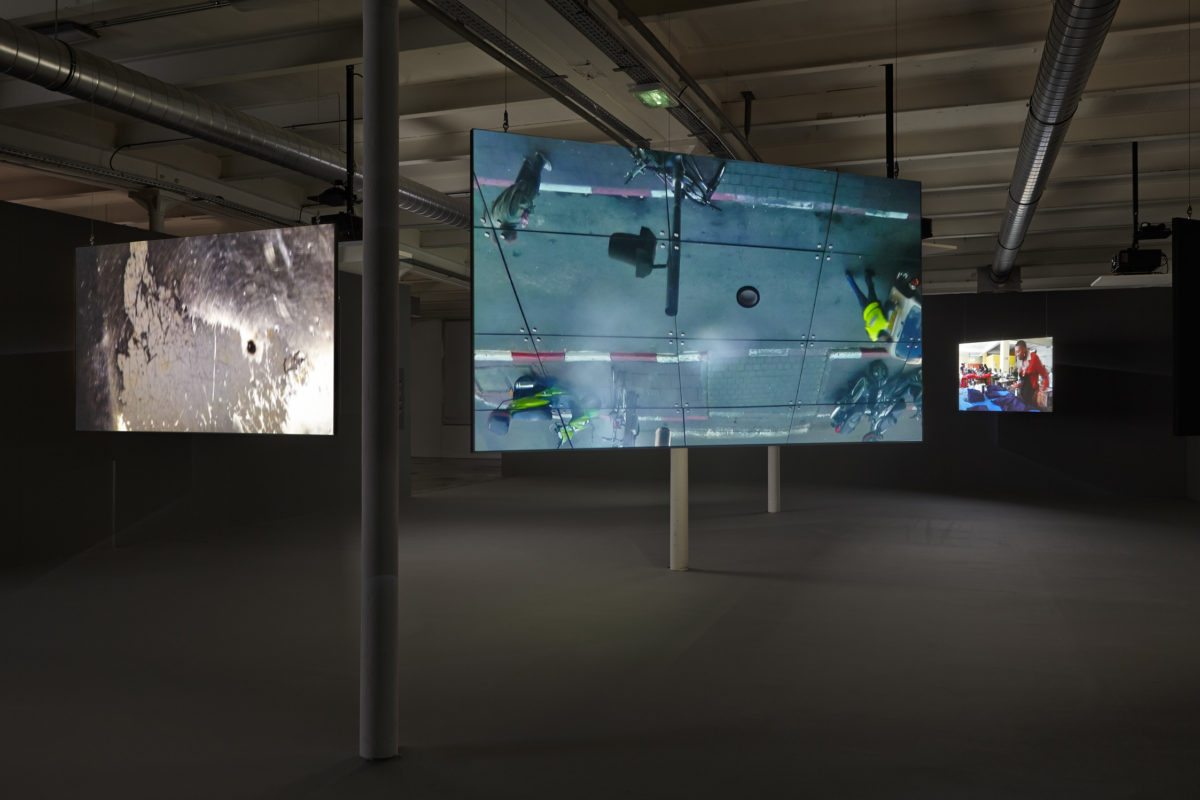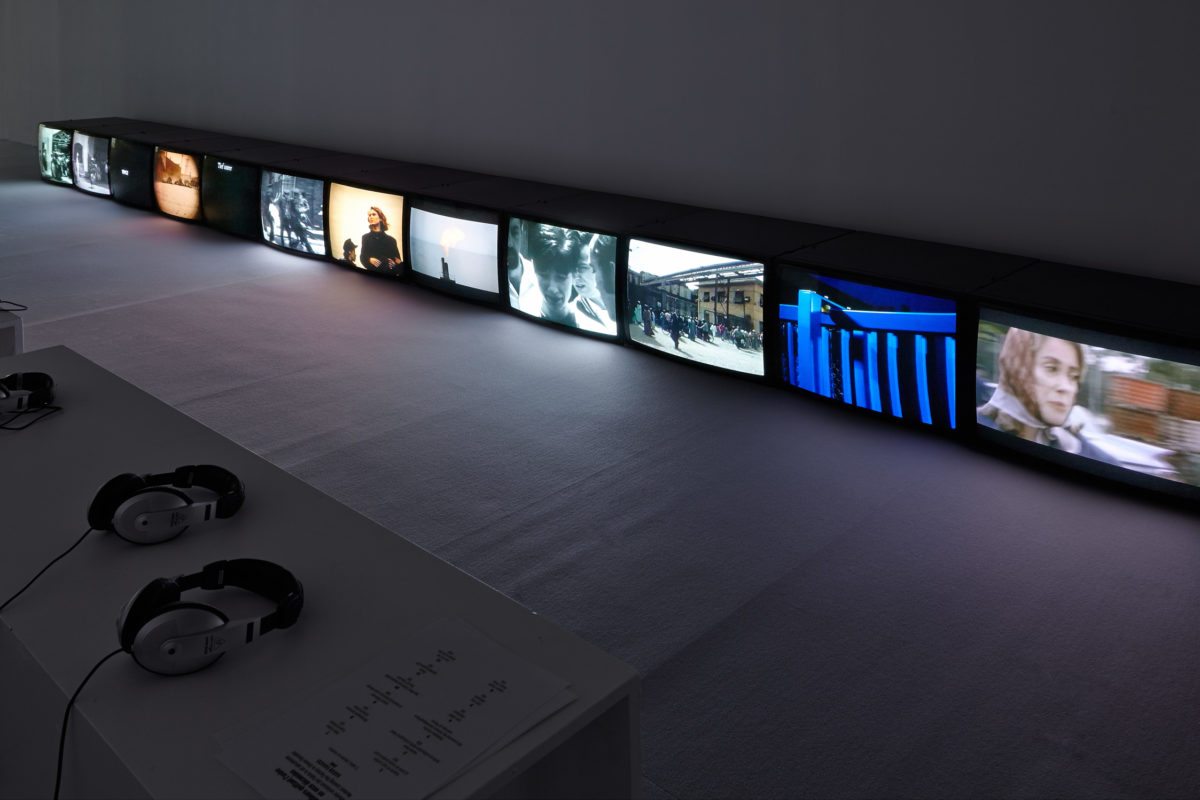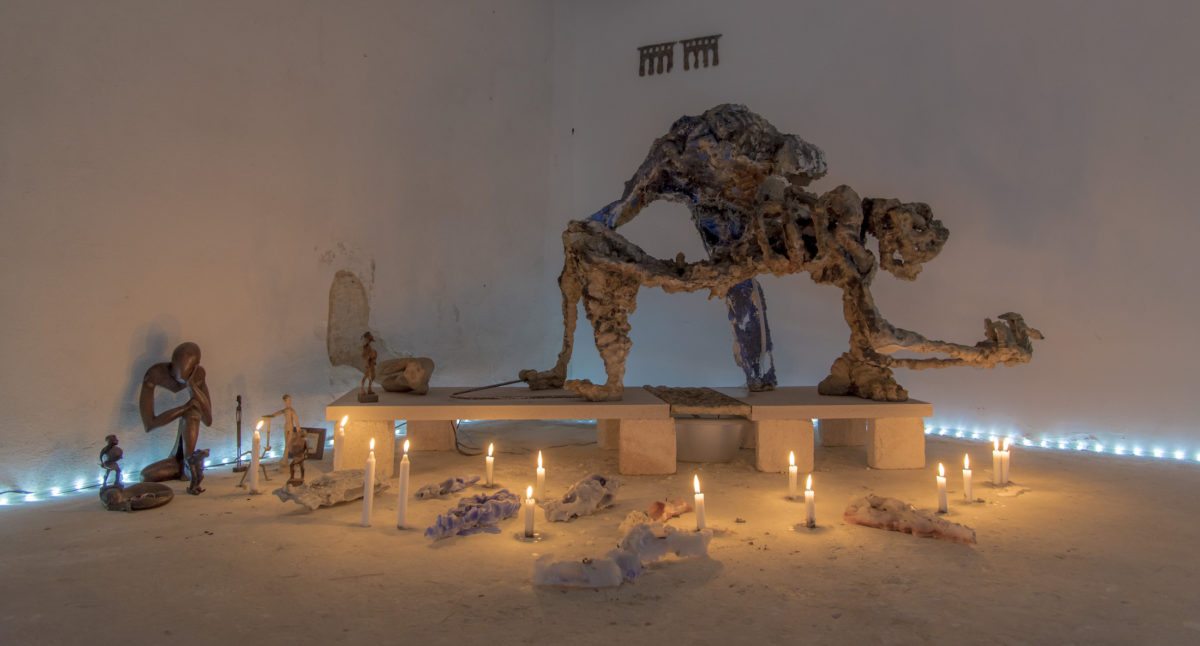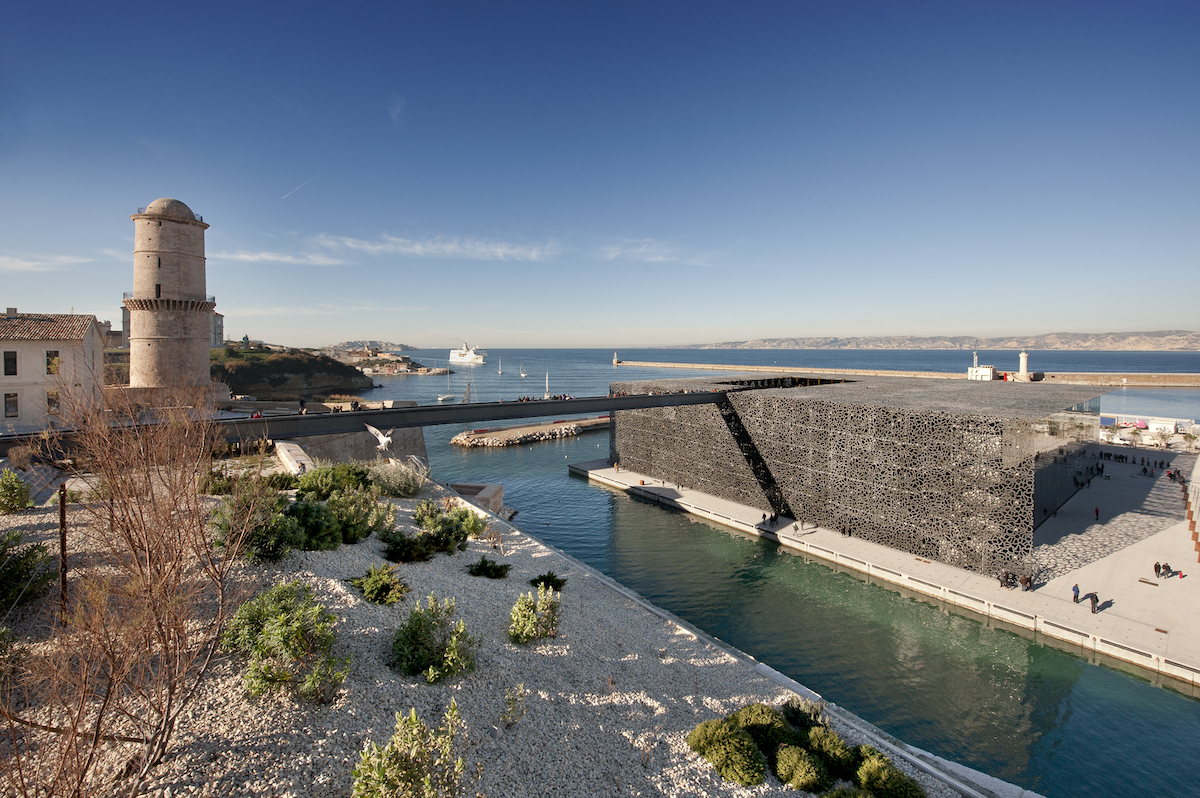
“Guns are firing from all directions, and life expectancy barely surpasses forty…” wrote Libération journalist Michel Henry in 1999, drawing a damning picture of a late nineties Marseille, fuelled by drug trafficking and nihilism. It is an image that has attached itself to the city, calcified by popular culture depictions and perennial news reports of violence and crime, glamourizing and banalizing the violence and the grit of the city to varying degrees.
“My friends thought I was nuts when I told them I was moving to Marseille,” says Nadia Fatnassi who spent the last nine years nurturing the once miniscule, now critically acclaimed art fair Art-O-Rama. “They thought it was dirty and trashy, now they all want to move here.” Marseille is still kind of dirty and it is still a bit trashy, but now its cultural scene has accrued institutional validation, this grime is all part of its purported charm.
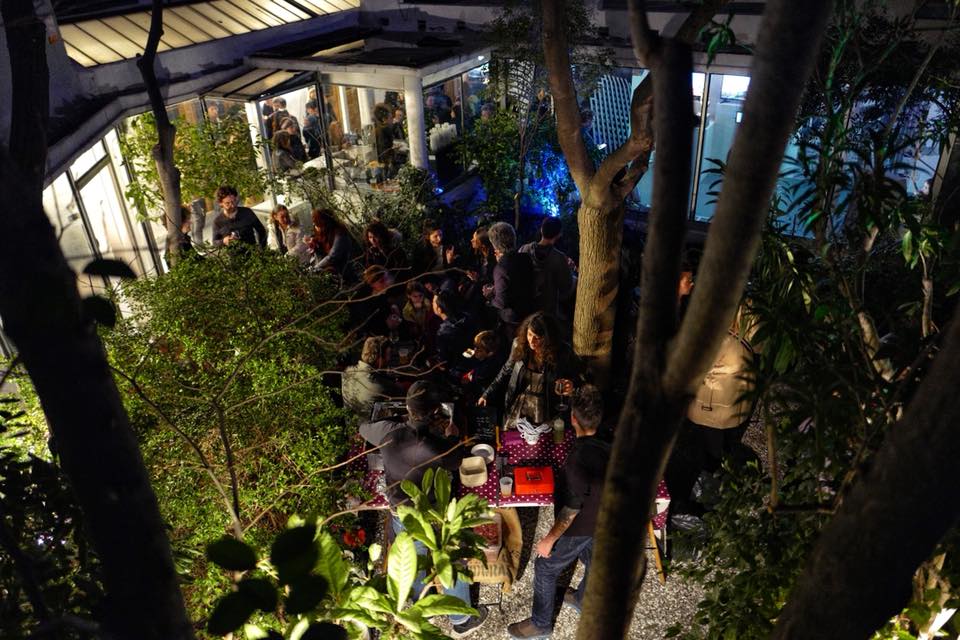
Cheap rent has proved enticing for an influx of young renters, its Mediterranean location equally attractive to international tourists. Marseille is beginning to market itself as a connected, international city; an identity that was formerly reserved for the likes of its Riviera neighbours Nice and Cannes. The process of gentrification was undoubtedly inaugurated by its appointment to the European City of Culture in 2013, an event which seems to have proved an inimitable catalyst, setting the city on a course of radical reinvention, with an identity rooted in artistic newness. The last decade has seen seven new institutions and cultural spaces open, the most iconic of which is undoubtedly the Mucem, designed by architect Rudy Ricciotti, its latticed metal shell jutting out into the Mediterranean from the end of the old port, producing accessible, big-name exhibitions (“Picasso et Les Ballets Russes” runs until 24 June) as well as some more probing investigations through the medium of conferences and cinema.
- Labour in a Single Shot, installation view Harun Farocki - Empathie Friche la Belle de Mai, 2017
- Workers Leaving the Factory in Eleven Decades, Installation view Harun Farocki - Empathie Friche la Belle de Mai, 2017 © JC Lett
It would be disingenuous to claim that this blockbuster boom isn’t slowly changing the face of the more underground scene that once underpinned Marseille’s artistic identity, yet such projects continue to exist with tenacity. Once you scratch the surface there are a number of galleries, artist-led spaces and foundations foregrounding the work of local and emerging artists with a resolutely outward-looking attitude. Indeed the beating heart of the Marseille art scene might just be the Friche la Belle de Mai. Kids rattle across the front forecourt on skateboards, others kick footballs high into the air; the colossal roof terrace sometimes plays host to jubilant parties or open-air cinema screenings. Inside the former cigarette factory there is a perpetual turning maze of exhibitions over 2400 square metres, some of which are under the aegis of the residency programmes Astérides and Triangle, whose artists occupy the Friche during their stay.
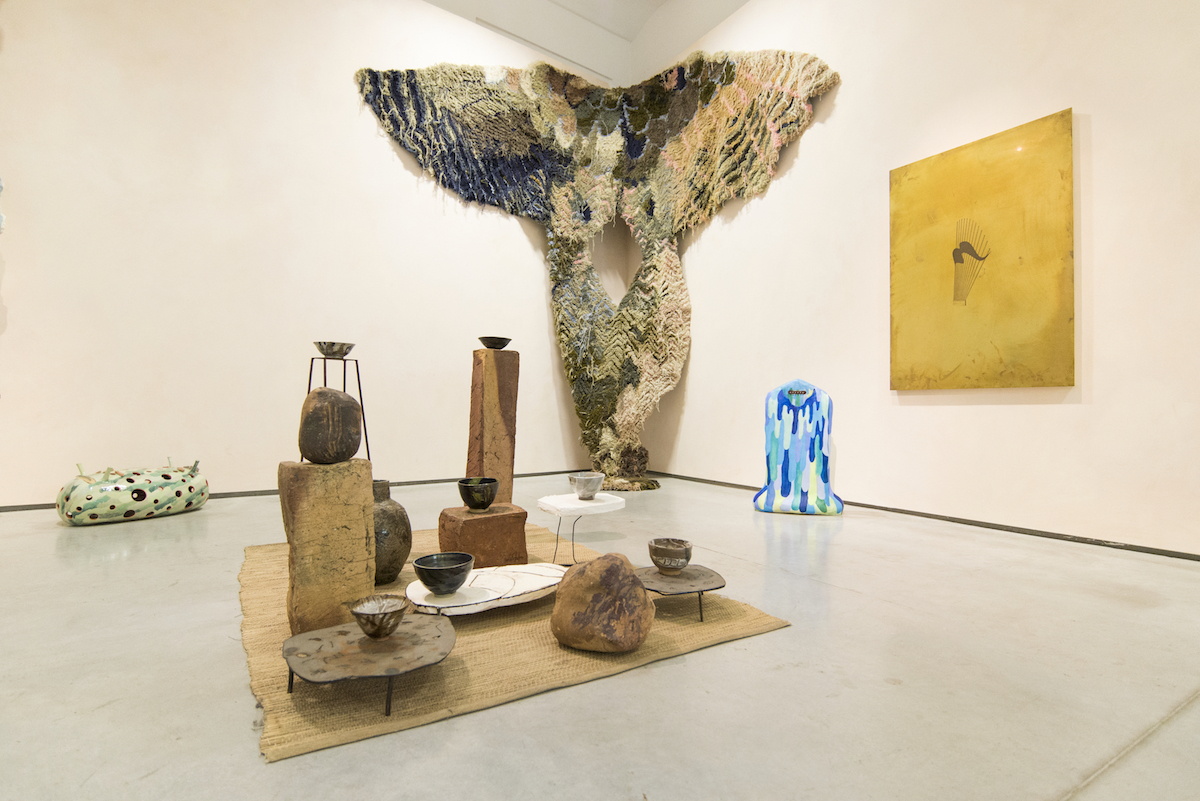
Drifting closer to the centre of the city, Art Cade / Galerie des Grandes Bains Douches de la Plaine sits atop the hill at Place Jean Jaurès. Founded by artists Anne-Marie Pecheur and Jean Baptiste Audat in 1993, the outstretched space with its luminous courtyard occupies the old public baths, one of which remains hidden in a side room. Positioning itself as an association rather than a strict commercial gallery, it exemplifies the dominant artist-led approach in Marseille, as well as the fluidity of models of production that exist (Urbanoscope runs at Art Cade until 28 April). Artist-led Tank Art Space, Galerie Ho and Rond Pont Projects are all within walking distance, as is Marseille’s best Italian restaurant, La Cantinetta. Fresh pasta, locally caught fish, excellent wine and a charming courtyard garden whose twinkling lights makes the space feel somewhat like a Mediterranean pub garden.
- Sacra Conversazione, curated by Emmanuelle Luciani and Charlotte Cosson. Photo James Ruffato
- Sacra Conversazione, curated by Emmanuelle Luciani and Charlotte Cosson, with artwork by Giovanni Copelli. Photo James Ruffato
The mythology of Marseille clings to its heterogeneous history (first Greek, then Roman), to the patchwork of people arriving in its old port from far-flung locations, to its tinny southern accents, briny air and pale Pastis. Emmanuelle Luciani and Charlotte Cosson, just one module of the newly established 800 square metre cultural complex on rue Chevalier Roze, behind the Vieux Port, align themselves in the most solid sense to this heritage and history or what Luciani calls “historical sedimentation”. Their sprawling curatorial project, including a magazine, Code South Way
, two exhibition spaces (one hosted by the auction house Maison Leclerc) and studio spaces attached to a torrefaction factory in the north of the city, is guided by their attachment to Marseille. Every artwork produced under their project is made locally, frequently using local materials—there are even a number sculptural objects made from Savon de Marseille currently exhibited. Local artisans work with international artists, it’s a “debrouillard” mentality that reigns over Marseille (somewhere between cunning, resourceful, crafty), an unsystematic web of mutual favours and seizing opportunities, allowing artists to outstay their allotted times and exhibitions to evolve unbound by the constraints of museum quotas or commercial obligations. It is a mindset that separates Marseille from Paris or from London. “It’s a political project too” adds Luciani, “we are not part of a narrative of globalization.”
“Annie herself, surrounded by a mosaic of ageing photos and coloured postcards across the walls, sits in the shade of her restaurant sewing white tablecloths and watching tennis on the telly”
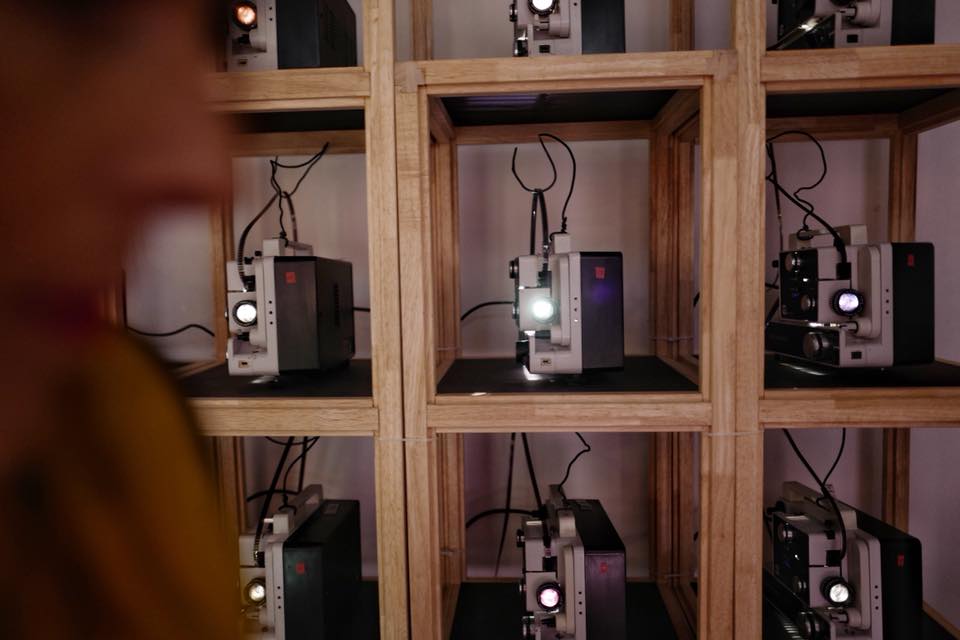
For food that is quintessentially Marselle, Chez Annie can be found on a small side street in the Panier district south of the Chevalier Roze complex. Annie herself, surrounded by a mosaic of ageing photos and coloured postcards across the walls, sits in the shade of her restaurant sewing white tablecloths and watching tennis on the telly. When guests arrive she springs into action, frying up small whitebait and bream served with aioli, salad and pitchers of cold white wine.
The bustling, bristling city is what defines Marseille’s cultural scene—its dirt-streaked decadent apartment blocks with ornate cast-iron balconies towering above its flat concrete terraces—and it can be easy to forget the rugged nature that surrounds it. A short excursion to the Vallon des Auffes or the Calanques in the adjoining National Park provide a much needed breath of fresh air on occasion.
